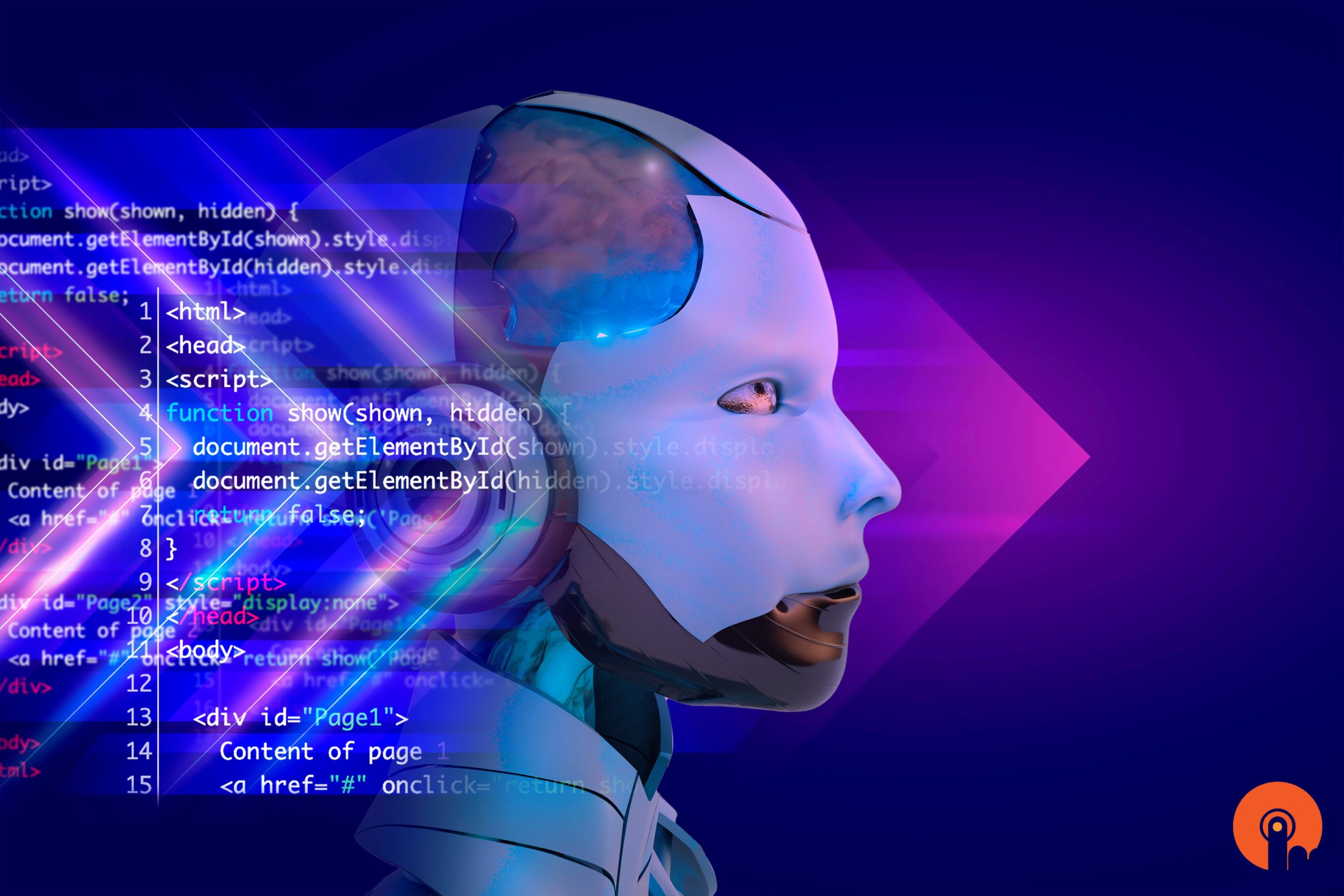What Exactly is Generative AI?
At its core, generative AI refers to technology that can create new content based on patterns it learns from existing data. Unlike traditional AI, which is mainly about analyzing data, generative AI takes things a step further by creating something completely new—whether it’s writing code, designing graphics, or even composing music.
In software development, tools powered by generative AI can help with tasks like generating code, creating designs, and even automating testing. Imagine having a tool that helps you do the heavy lifting while you focus on the bigger picture—that’s what generative AI brings to the table.
How is Generative AI Changing the Way We Build Software?
1. Making Code Writing Easier
One of the most exciting changes that generative AI is bringing to software development is making the process of writing code much easier. Take GitHub Copilot, for example. With this AI-powered tool, developers can simply type in a prompt or comment, and the AI will suggest or generate entire sections of code. This not only saves time but also reduces the repetitive nature of coding, letting developers focus on more interesting tasks like problem-solving and innovation.
It’s like having a smart assistant that helps you write code faster, making development more efficient.
2. Automating Testing and Bug Fixing
Another big change is how generative AI is making testing and debugging much more automated. Previously, developers had to spend a lot of time running manual tests and hunting down bugs. Now, AI-powered tools can handle many of these tasks, automatically spotting errors and suggesting fixes.
This leads to faster releases with fewer bugs, which means a smoother experience for users. Plus, AI can predict where problems are most likely to pop up, so developers can focus on testing those areas first, saving even more time.
3. Designing User Interfaces (UI) Faster
Generative AI isn’t just helping with the backend of software—it’s also changing the way we design the frontend. Tools like Figma, which now include AI-powered assistants, can generate design layouts and wireframes based on basic inputs. Instead of starting from scratch, designers can use AI to generate multiple design options quickly, which they can refine and customize to fit the project’s needs.
This is a huge time-saver, and it helps make the design process more collaborative and efficient.
4. Personalizing Software Like Never Before
Generative AI is also making it easier to personalize software for individual users. By analyzing data on user behavior, AI can suggest features and designs that are more likely to engage specific users. This means businesses can create software that feels more tailored to their audience, leading to better user experiences and, ultimately, better user retention.
As AI continues to learn and improve, it will only get better at making personalized suggestions that enhance software usability.
5. Simplifying Documentation
Let’s be honest—documentation isn’t the most exciting part of software development, but it’s necessary. Generative AI can help here too. Instead of spending hours writing descriptions for code or creating user guides, AI can generate documentation based on the code itself, making it easier for developers to understand how everything works. This saves time and ensures the documentation stays clear and consistent.
6. Improving Collaboration
Generative AI tools also make collaboration smoother between team members. Since AI can handle repetitive tasks like coding or testing, developers can focus on creative problem-solving and innovation. This leaves more time for brainstorming and fine-tuning, resulting in better software and more satisfied teams.
What Does This Mean for Developers and Businesses?
The impact of generative AI on software development has been huge. For developers, this technology means less time spent on manual tasks and more time focusing on what they do best—solving problems, creating innovative features, and improving user experiences.
For businesses, the benefits are equally exciting. With generative AI, software can be developed faster and with fewer bugs. AI can also help create software that is more personalized and better suited to user needs, leading to happier customers. Plus, businesses can save money by reducing the time and resources spent on manual tasks.
What’s Next for Generative AI in Software Development?
Generative AI is still in its early stages, but the potential is enormous. As the technology continues to evolve, we can expect even more sophisticated tools that will take over even more complex tasks, from understanding business needs and generating custom software solutions to automating entire development processes.
But here’s the thing—Generative AI is not here to replace developers. It’s a tool that makes their work easier, faster, and more effective. AI is there to help, not to take over.
